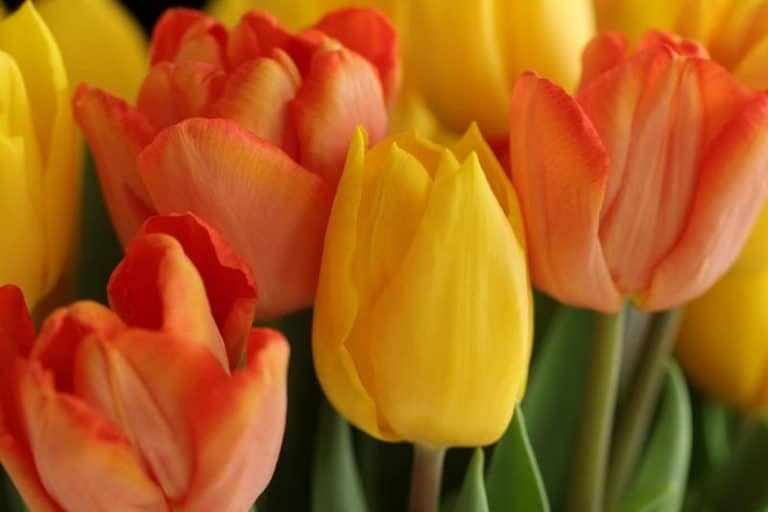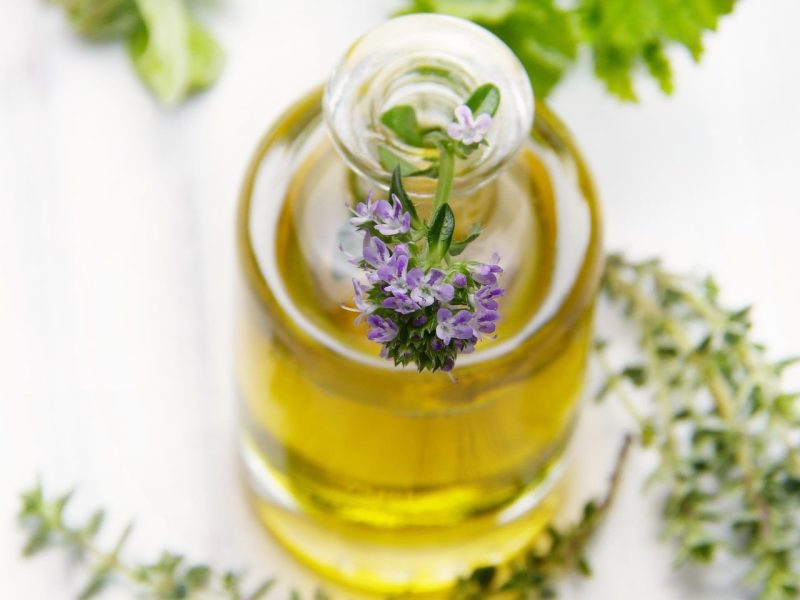The highly vibrant colors and the graceful shapes of tulips are one of the great things that they can bring to almost any garden. But when the marvelous blooms are finished, many gardeners wonder what to do next for their tulip bulbs. This is an important part of care that will assure healthy bulbs and a quite a show next spring. Here, we have prepared the main guidelines for taking care of your tulip bulbs for maximum life and beauty.
Deadhead Spent Blooms
The first thing you do after the flowering has ended is deadhead the tulips. Deadheading is the careful removal of spent flower heads, as well as developing seed pods, redirects the energy of the plant to grow as strongly as possible for future bloom production and away from seed production. For the best efficiency, you can use clean pruning shears or pinch off the flower head just below the seed pod. You can also find insights about this from Martha Stewart, published on Tulip Care.
Retain Foliage
It is tempting to make the garden look clean by cutting off the tulip foliage, but hang on. These leaves are the crucial players of photosynthesis, converting sunlight into energy. The energy gets stored within the bulb to fuel its growth cycle for the next flowering cycle. Allow the foliage to remain until it naturally turns yellow and withers. This entire process usually takes several weeks, allowing the energy to be gathered by your tulip bulbs for that vibrant display next season. Think of the leaves as solar panels, busily collecting energy for future flowers.
Water and Fertilize

Other than surface drying, tulip bulbs wait for months for a sign that their bulbs are aging. Water should stay in that patch of garden where the bulb is going to be planted until the area is dry from the unseasonable dry months, letting the leaves stay alive for photosynthesis. Hence, a good practice would be the application of a balanced fertilizer about two weeks after flowering in a formulation high in potassium for bulb developmental needs. A good option would be for surface applications of fertilizer to be made around the plants to avoid any damage to the bulbs. And do not forget, according to plant physiological norms, post-bloom feeding.
To Lift or Not?
Most gardening manuals recommend that, after flowering, the tulip bulbs be lifted and dried immediately. Very rarely does such a recommendation apply in areas that enjoy generous drainage with some summer dryness. Otherwise, the manuals keep suggesting that leaving the tulips in the ground for a number of years between bloomings allows for higher productive ability of these bulbs. In hot summers with the yellowish foliage, however, lifting is much recommended to avoid rotting of the bulbs from fungal diseases. The bulbs should be harvested at the point when the foliage becomes entirely yellow. Great care shall be taken to dry these bulbs in the shade for a span of 2 weeks.
Next Blooming!
It is now time to think about replanting this fall, no matter if you left the tulip bulbs in or lifted them over summer. For those left in the ground, well-drained soil adds some compost or bulb fertilizer. As for those lifted, check for damages or any signs of disease. Next, they should be put back in the ground in a sunny, well-drained location just below the surface, pointed end up. If everything is done right, your tulip bulbs will grow up Happy and produce a wonderful show of flowers next spring!
The essence of this article contains all the know-how that you would ever need to keep tulips green and happy for eons; for flowers do not fade. For more suggestions on how to keep your breathing clear, have a look at our article about Clean Air Plants: Your 3 House Options, or unleash your creativity with these 3 DIY urban gardening hacks.










